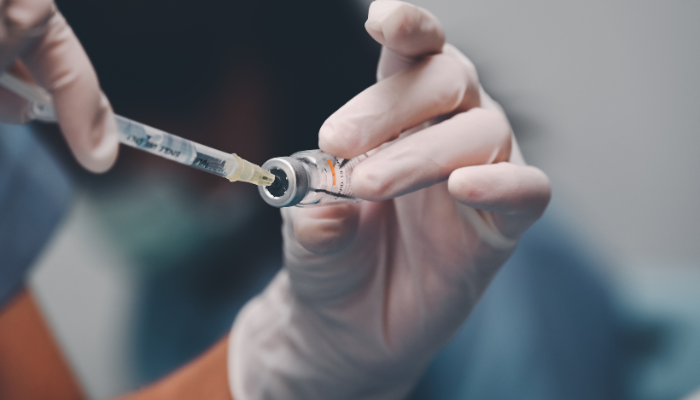
05 Mar Medicare Coverage: The Shingles Vaccine
Understanding the intricacies of Medicare coverage becomes increasingly important. Shingles, a painful skin rash caused by the varicella-zoster virus—the same virus that causes chickenpox—can lead to serious complications, especially in older adults. Thus, vaccination is a critical preventive measure. This article dives into the specifics of Medicare coverage for the shingles vaccine, offering guidance and clarity for those navigating their healthcare options.
Understanding Shingles and Its Impact
Shingles can affect anyone who has had chickenpox, as the virus remains dormant in the body and can reactivate years later. Symptoms include a painful rash, itching, fever, and fatigue, with the risk and severity of the disease increasing with age. Considering the risk of enduring pain and complications like postherpetic neuralgia, it’s advised that older adults receive the vaccine as a preventative measure.
Medicare Coverage for the Shingles Vaccine
Medicare is divided into parts, each covering different healthcare services. When it comes to the shingles vaccine, understanding its coverage hinges on Medicare Part D.
Medicare Part D
Medicare Part D is the prescription drug coverage portion of Medicare. It covers the shingles vaccine, considered a necessary preventive vaccine. However, coverage can vary based on the specific Part D plan. Recipients are encouraged to speak with their plan provider to grasp the specifics of their coverage, such as copays, deductibles, and if their chosen pharmacy or doctor’s office falls within the network of the plan.
It’s important to note that while Medicare Part B covers certain vaccines, such as the flu vaccine and hepatitis B vaccine (for those at high risk), it does not cover the shingles vaccine. This difference frequently causes misunderstandings among recipients, who might mistakenly believe that Part B covers all vaccines.
Navigating Coverage and Costs
Given that Part D plans can vary significantly, beneficiaries should take several steps to ensure they are fully informed about their shingles vaccine coverage:
- Review Your Part D Plan: Annually, during the Open Enrollment Period, review your plan’s formulary to confirm that the shingles vaccine remains covered and to check if there have been changes to the cost.
- Shop Around: Evaluate the various Medicare Part D plans offered in your locality. Since plans may alter their coverage and pricing annually, considering a switch could be beneficial if you find a plan that provides superior coverage for the shingles vaccine.
- Check for Additional Assistance: If the out-of-pocket costs associated with the shingles vaccine under your Part D plan are prohibitively high, explore programs like the Extra Help program or the Medicare Savings Programs, which can help lower prescription drug costs.
The shingles vaccine is critical to preventive health care for older adults, offering protection against a painful and potentially debilitating condition. While Medicare does provide coverage for the vaccine under Part D plans, beneficiaries must navigate their plan’s specifics to understand their coverage fully. By staying informed and proactive, Medicare recipients can ensure they cost-effectively receive this important vaccine, safeguarding their health and well-being in their later years.


